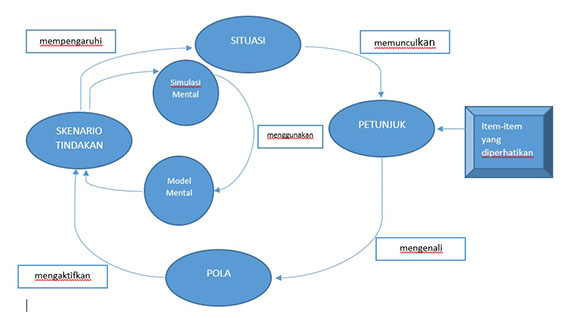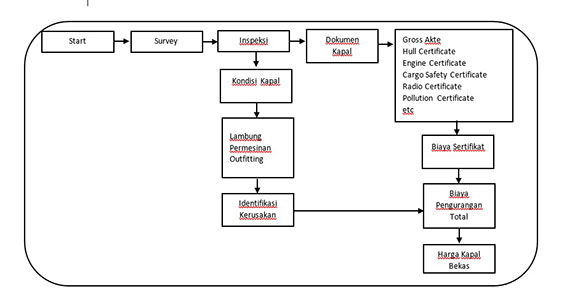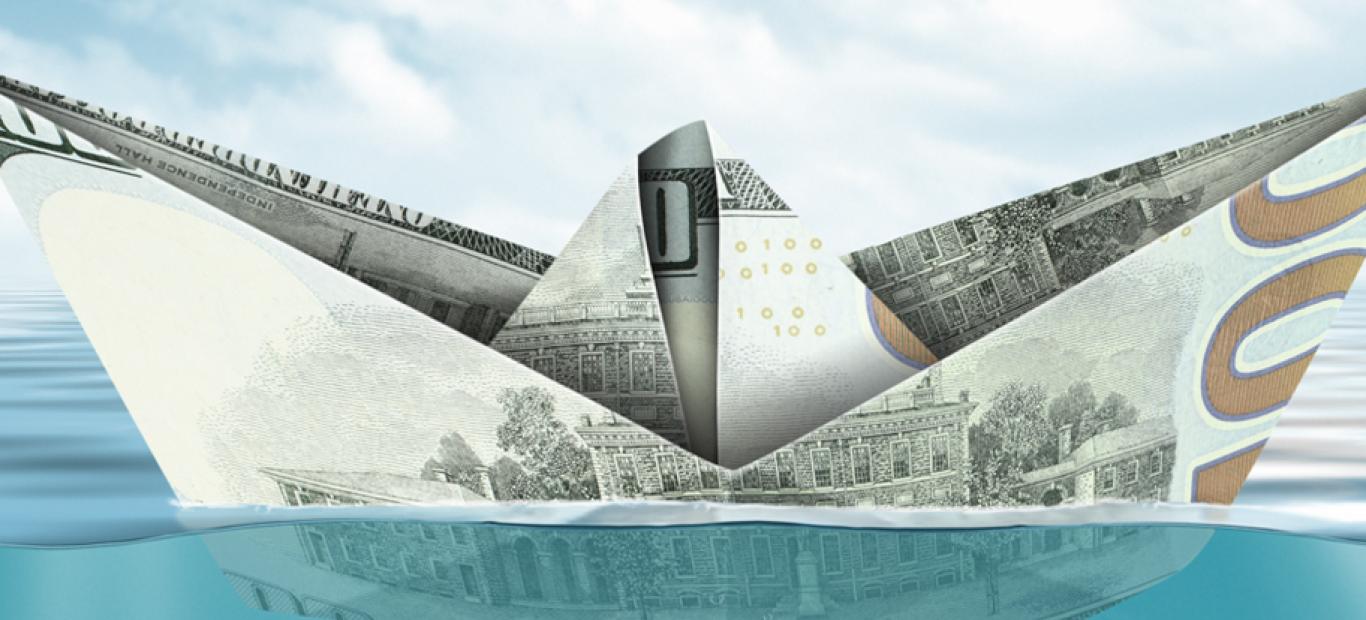Practicing Intuition to Rate Ship Prices
In the world of insurance, we often hear what is called average, which often limits compensation with average that can harm the insured, the insurer, and even the authorities by wrong data that may affect the big data that is used as a reference for compiling a rating to be incompatible.
Especially for the Marine Hull insurance industry, where the sum insured or exposure value of the object of coverage is an agreed value. Until now, there is no method that can be used as a standard reference in assessing the price and sum insured of the vessels to be insured, apart from the sale-purchase documents or construction contracts for new ships. For example, to assess the price of a used car, we know the price by gathering information regarding the year of manufacture, the physical condition of the car, and perhaps the condition of the papers. When assessing a house, the easiest way is to compare houses with the same type and size around them and then deduct the costs of repairs or polishing. To assess the price of a ship, the process may not be that easy, it requires detailed technical analysis and a long experience so that someone can estimate the price of a used ship.
There are several tricks in assessing ship prices. Currently, many technological approaches have been carried out, starting from engine log book analysis, testing alarm warning systems, and fatigue analysis using software to determine ship construction conditions. It is quite long and costly if we use all the methods above to only assess one used vessel. Then what is the best solution to solve the problems above? One of them is to train our intuition in assessing the price of ships. In practicing intuition, it takes a long process because the basic intuition is from experience, therefore we must accelerate the length of this process.
Intuition is the ability to make decisions using patterns to recognize what is going on in a situation. From the pattern of a condition, we have to focus on what clues are important and keep an eye on that information so that later a decision can be made in accordance with the objectives, the more patterns or scenarios someone has gone through, the easier it will be in making decisions.

Based on the chart and the initial understanding above about intuition shows that experience is the main key in increasing intuition, so for an appraiser of used ship prices it is important for one to deepen his or her intuition regarding what items must be inspected and understand the parameters of used ship items as important information needed to make decisions.
Some definitions related to "value" can also be an initial principal that must be mastered. There are 4 definitions to the meaning of "value" provided by the Indonesian Assessment Standard (SPI):
- Market Value: The estimated amount of money that will be obtained from the transaction of an asset at the valuation date
- Depreciated Replacement Cost: Uses the estimated current Market Value of the vessel for the same use and capacity and technology subtracted with physical damage.
- New Replacement Fee: The amount spent on reproduction/ replacement of new property based on local market prices.
- Forced Sale Value: The amount of money that may be received from the sale of a property in a relatively short period of time.
The valuation of the used vessel price using the depreciated replacement cost method has several steps before achieving the used vessel price. The process begins with the inspection of the ship, particularly on the ship documents and the condition of the ship and then the damage. After that, the total reduction cost can be determined based on the damage found until finally, through the reduction cost, the final price of the used vessel can be determined.

It is a very long process and requires many items to look out for when conducting appraisal for used vessels, therefore software assistance is needed to shorten the time so that someone can become a reliable used vessel appraisal. Then what is the right training method for intuition training in estimating the price of used vessels? Currently there is no journal or research that points a specific method most appropriate to be applied in training to estimate the price of used vessels. However this method of increasing intuition must provide a new understanding in assessing the price of used ships, training interactions in determining the price of used vessels. decisions, as well as evaluating every decision making.
***
Author





 8411
8411



 11 Jun 2020
11 Jun 2020 9837 kali
9837 kali





